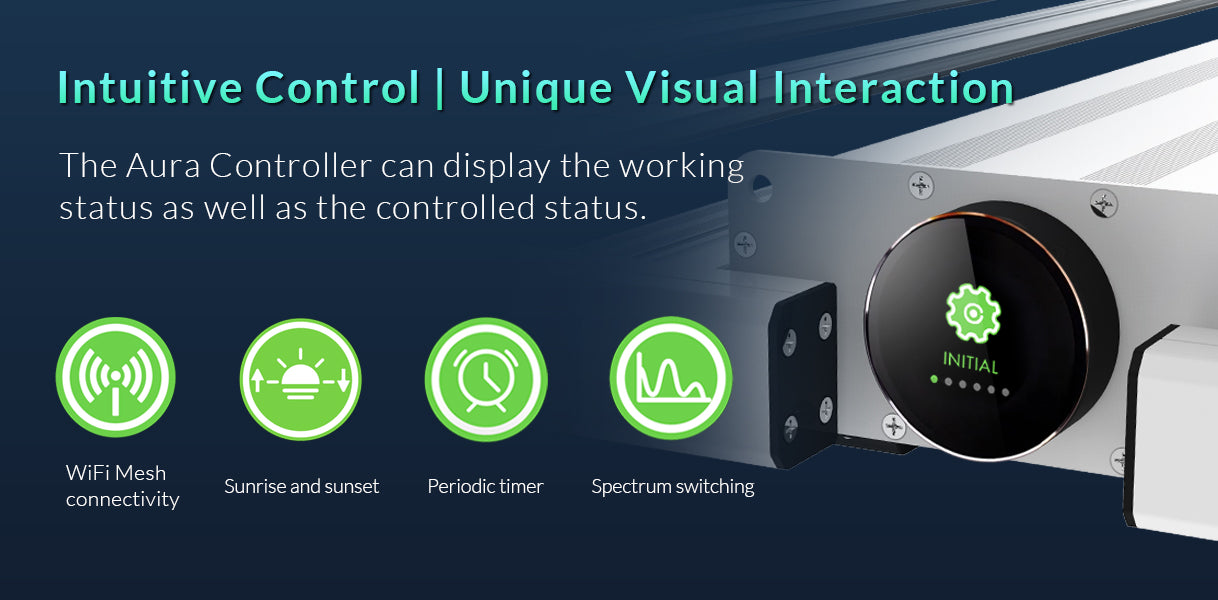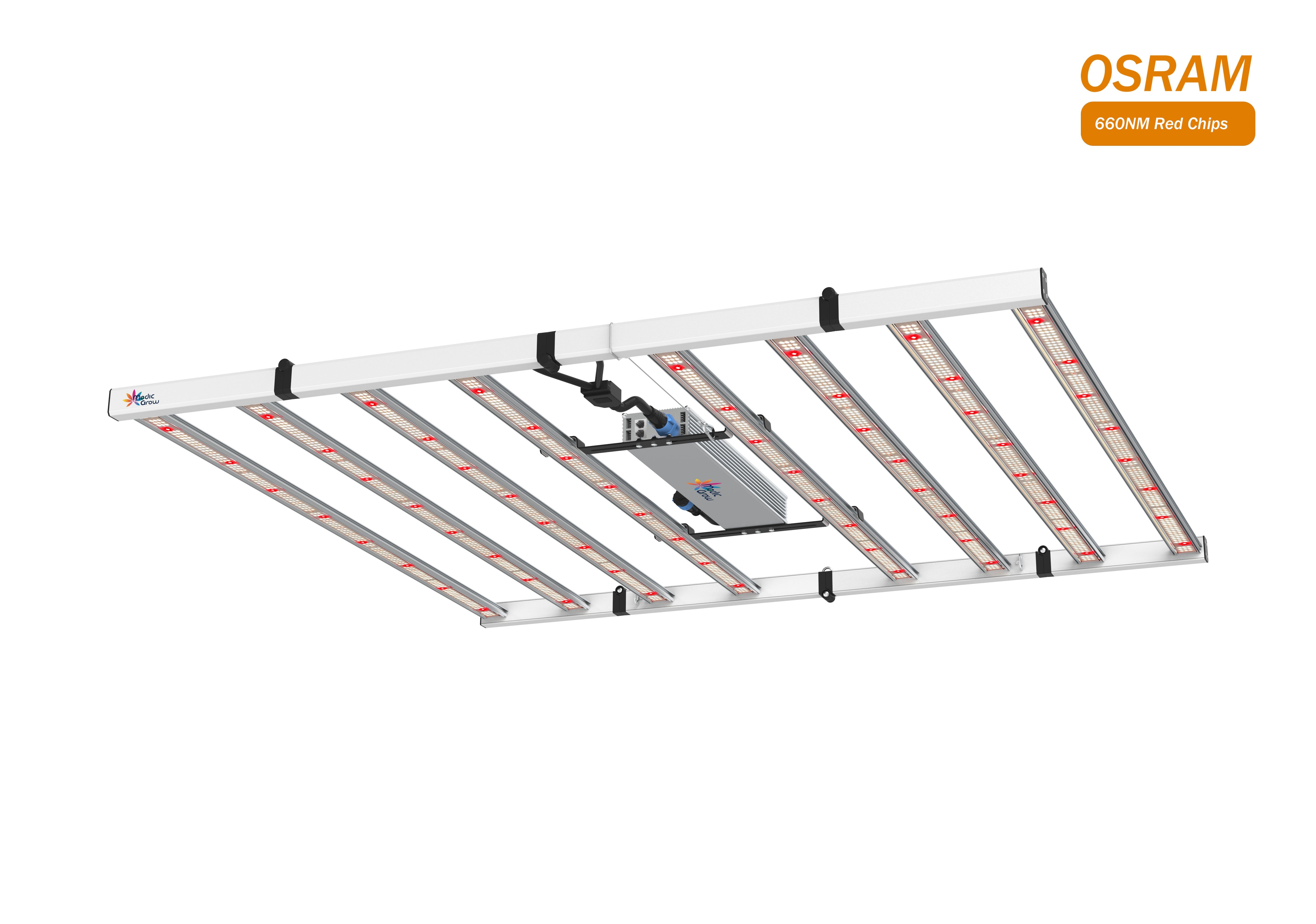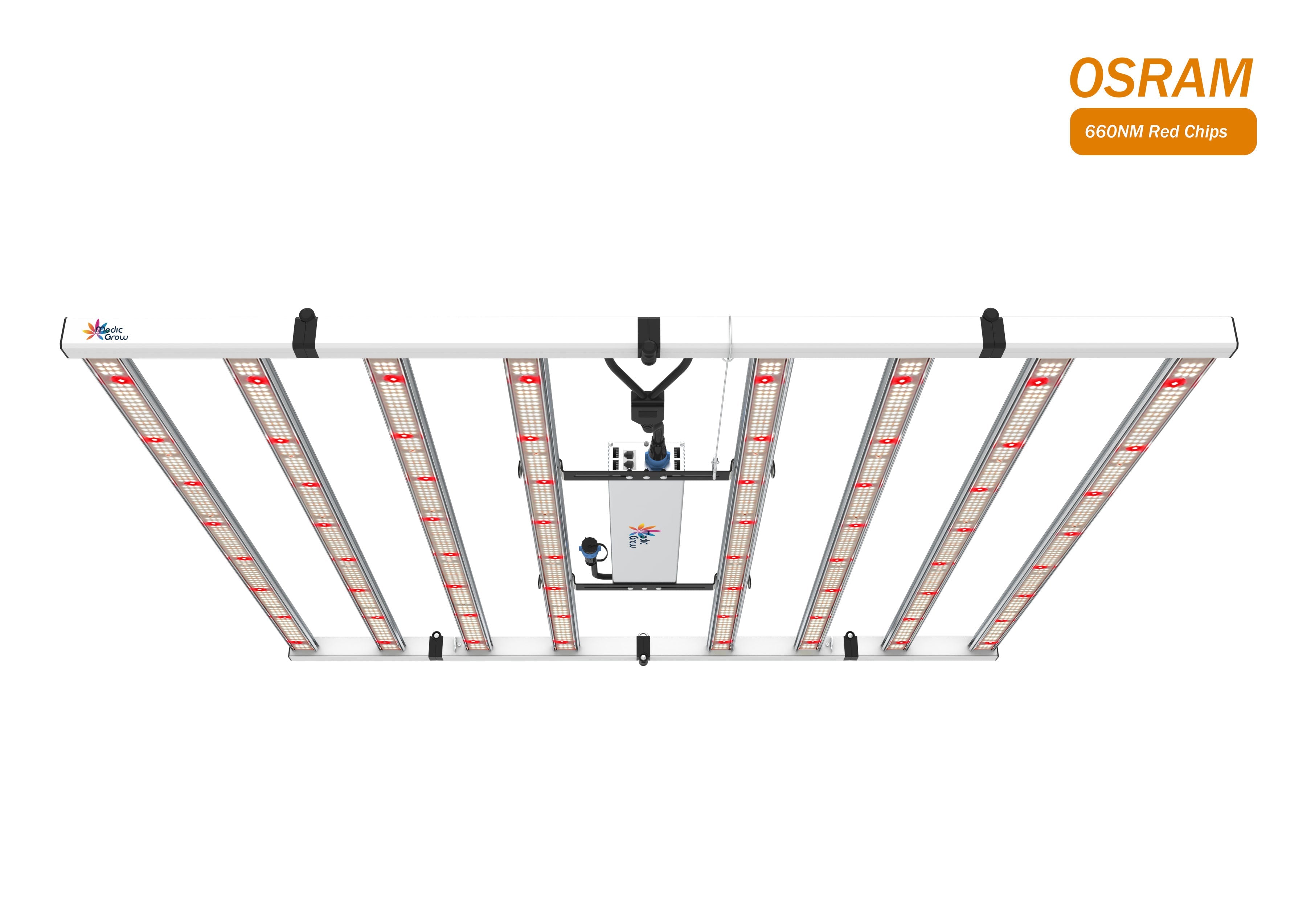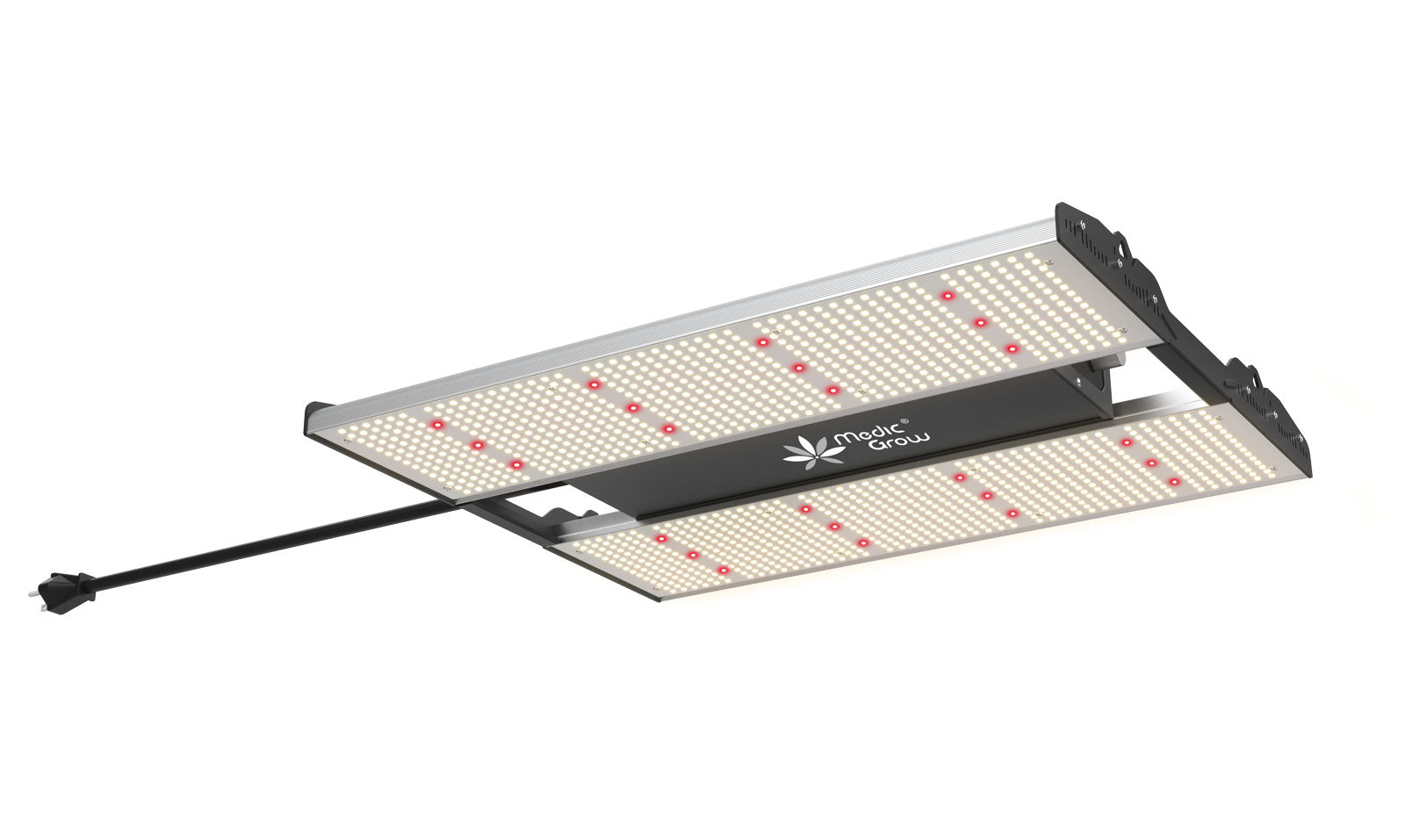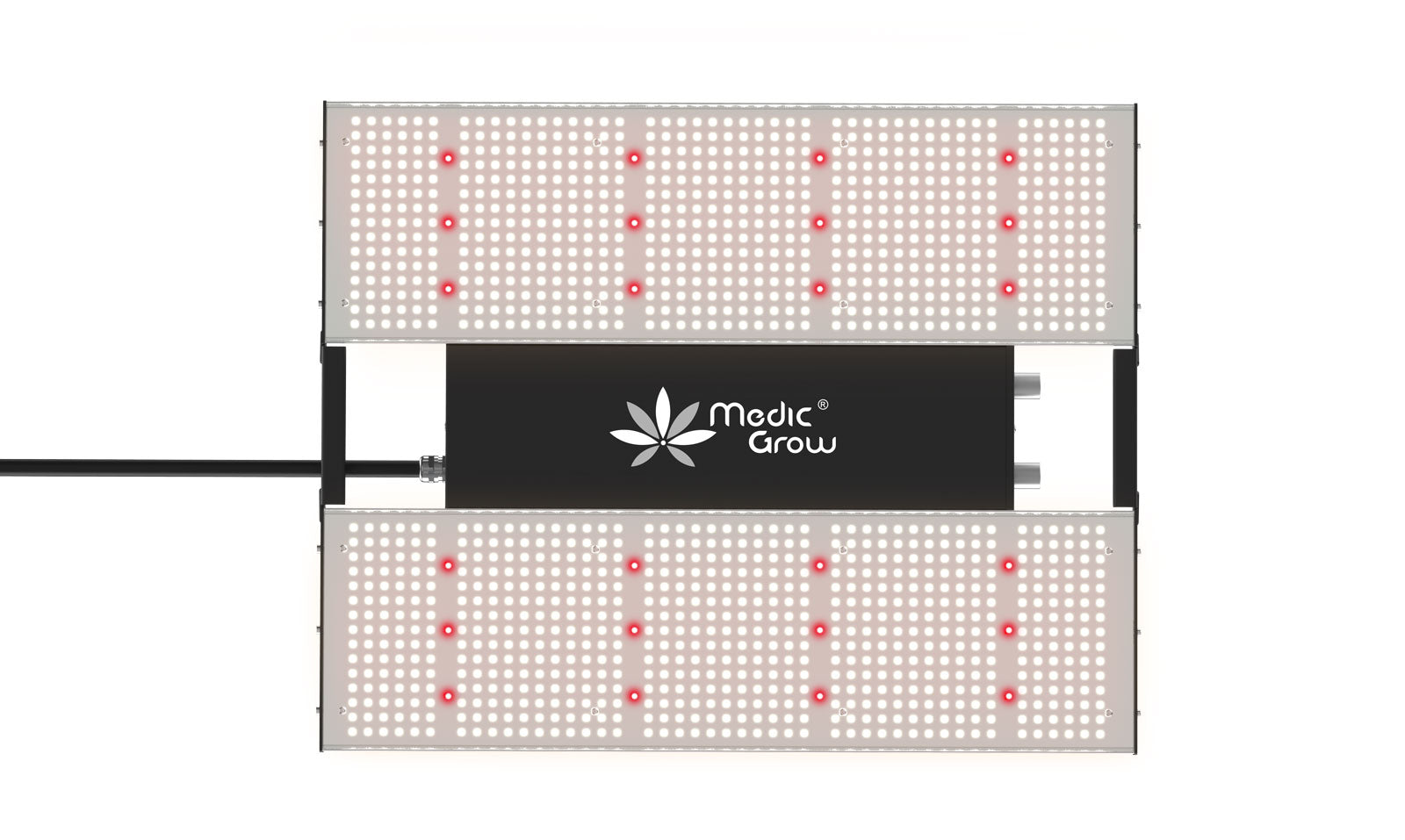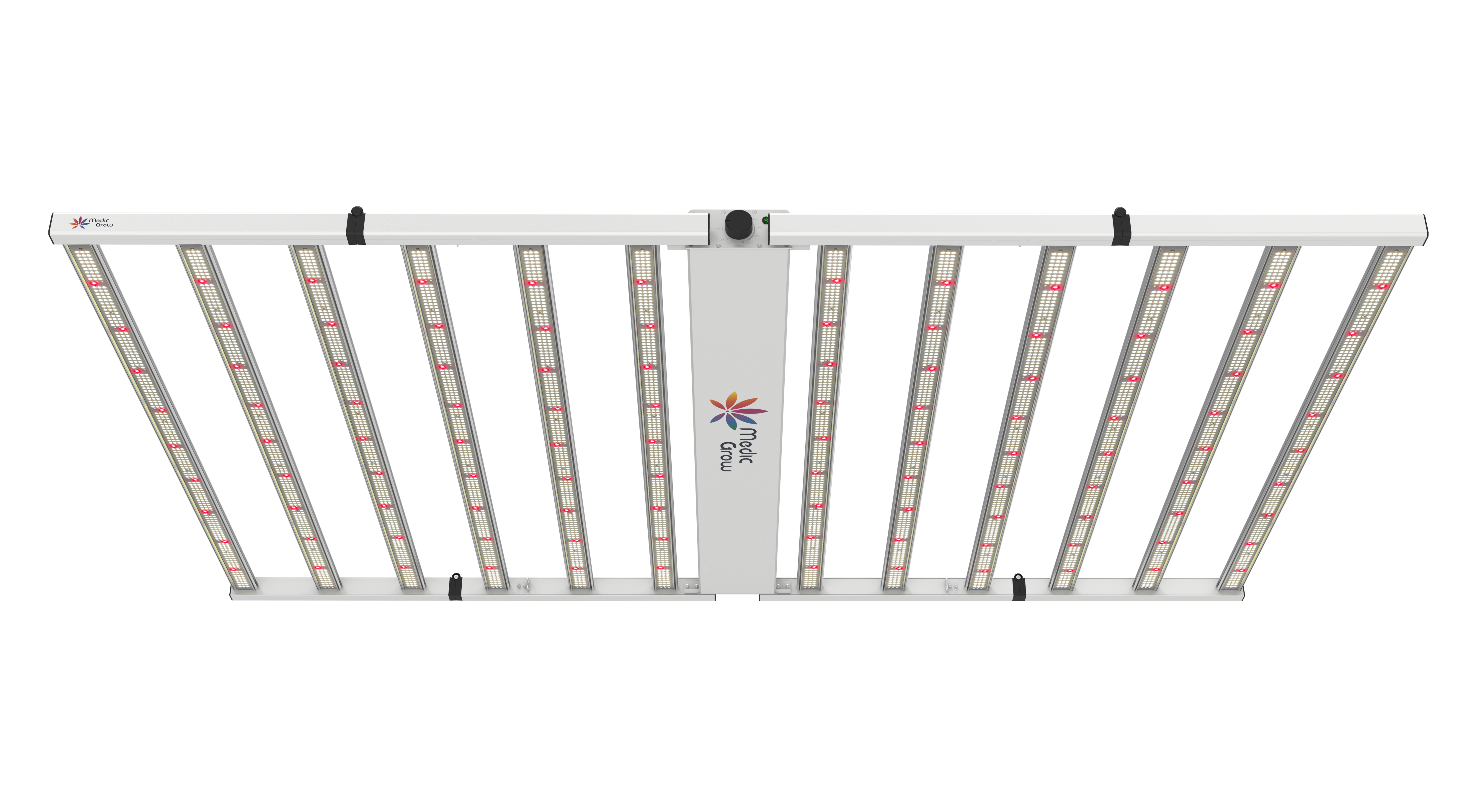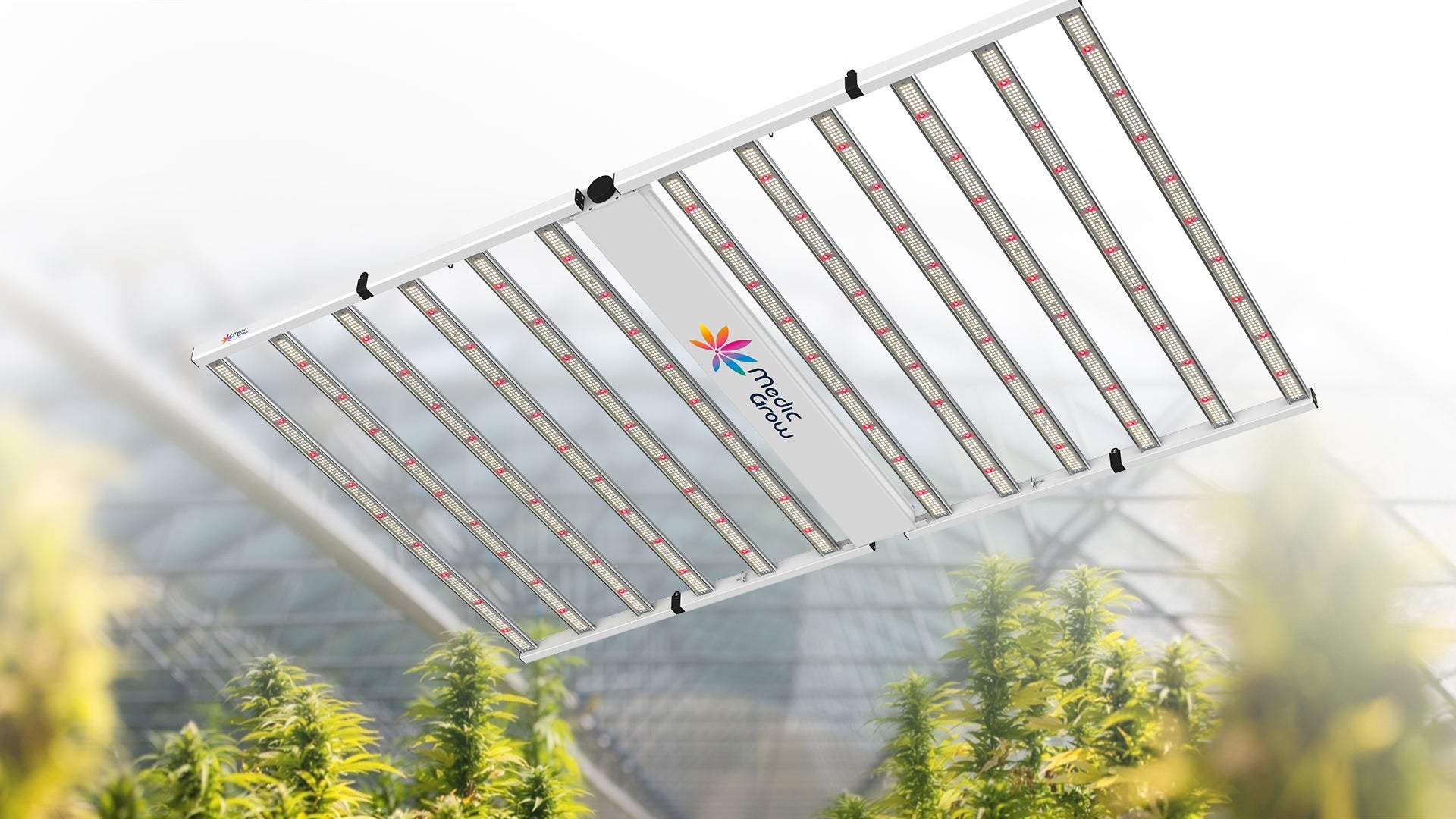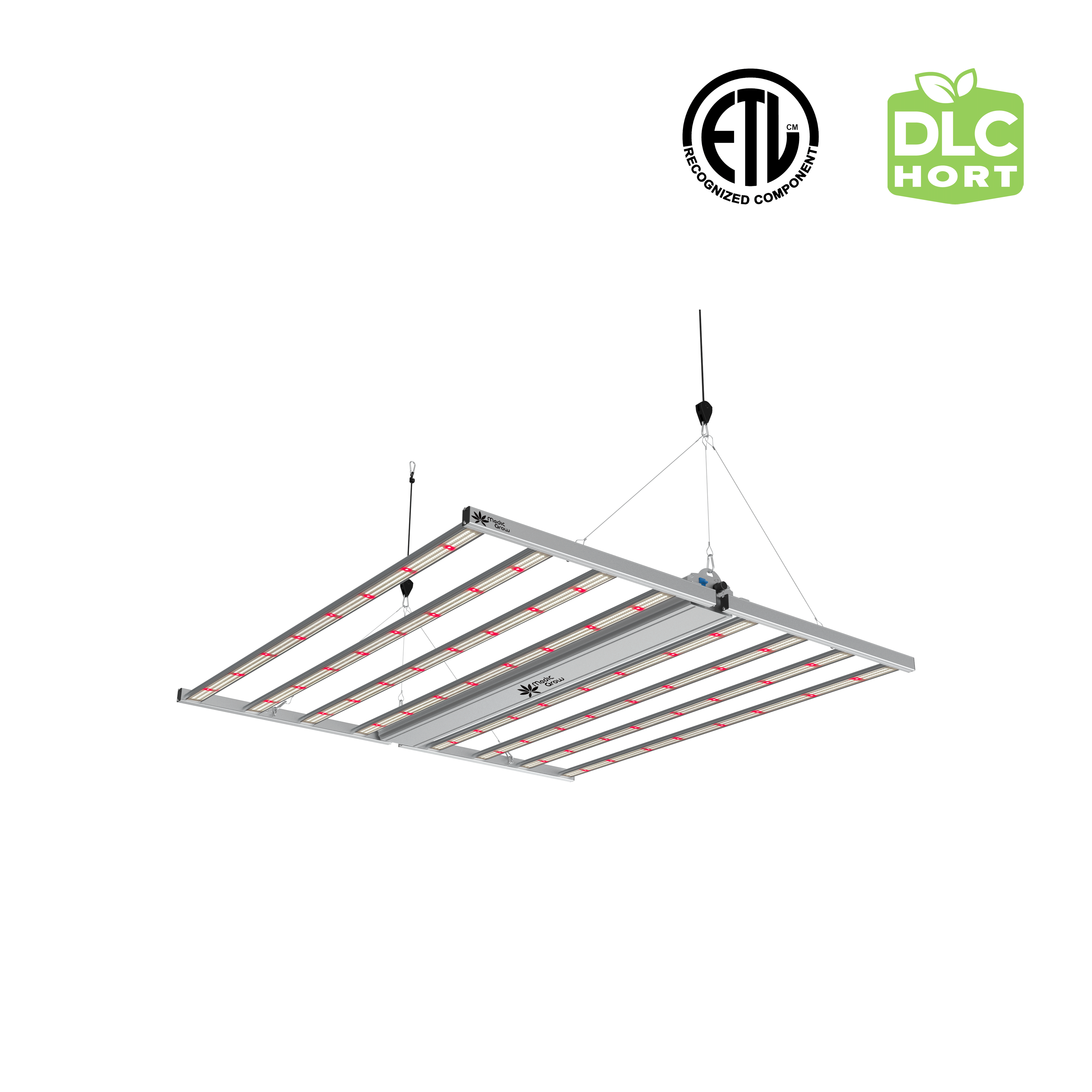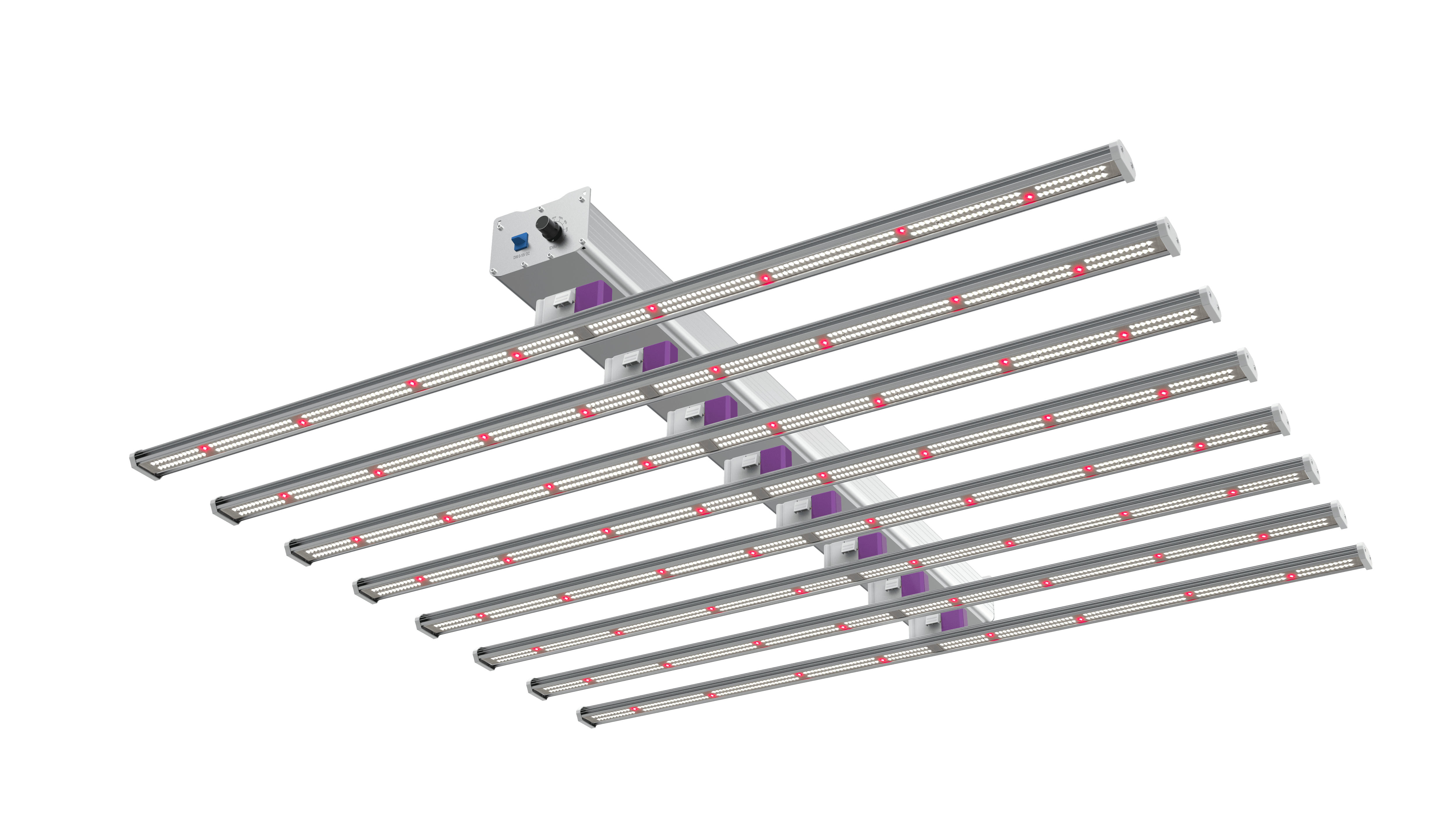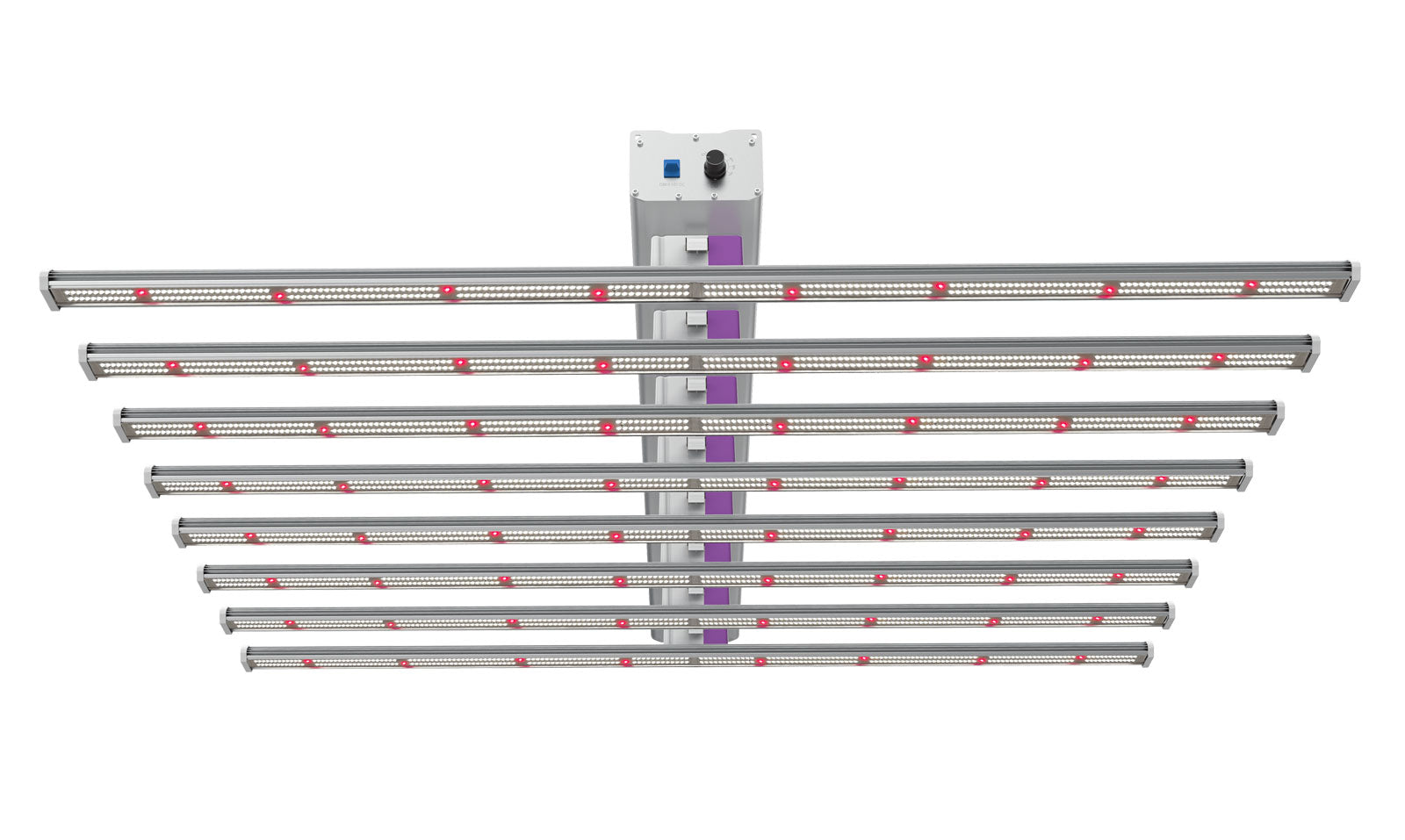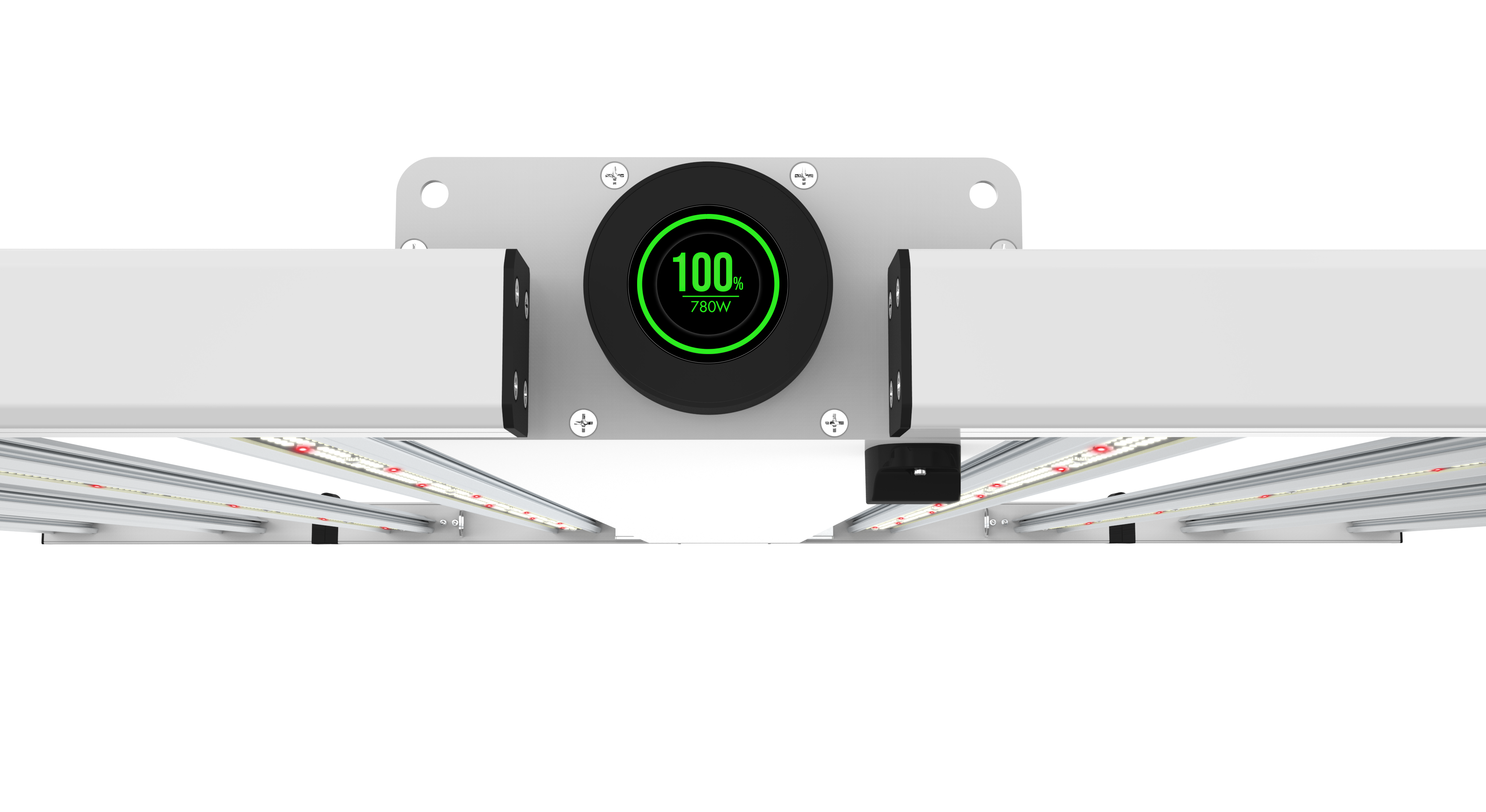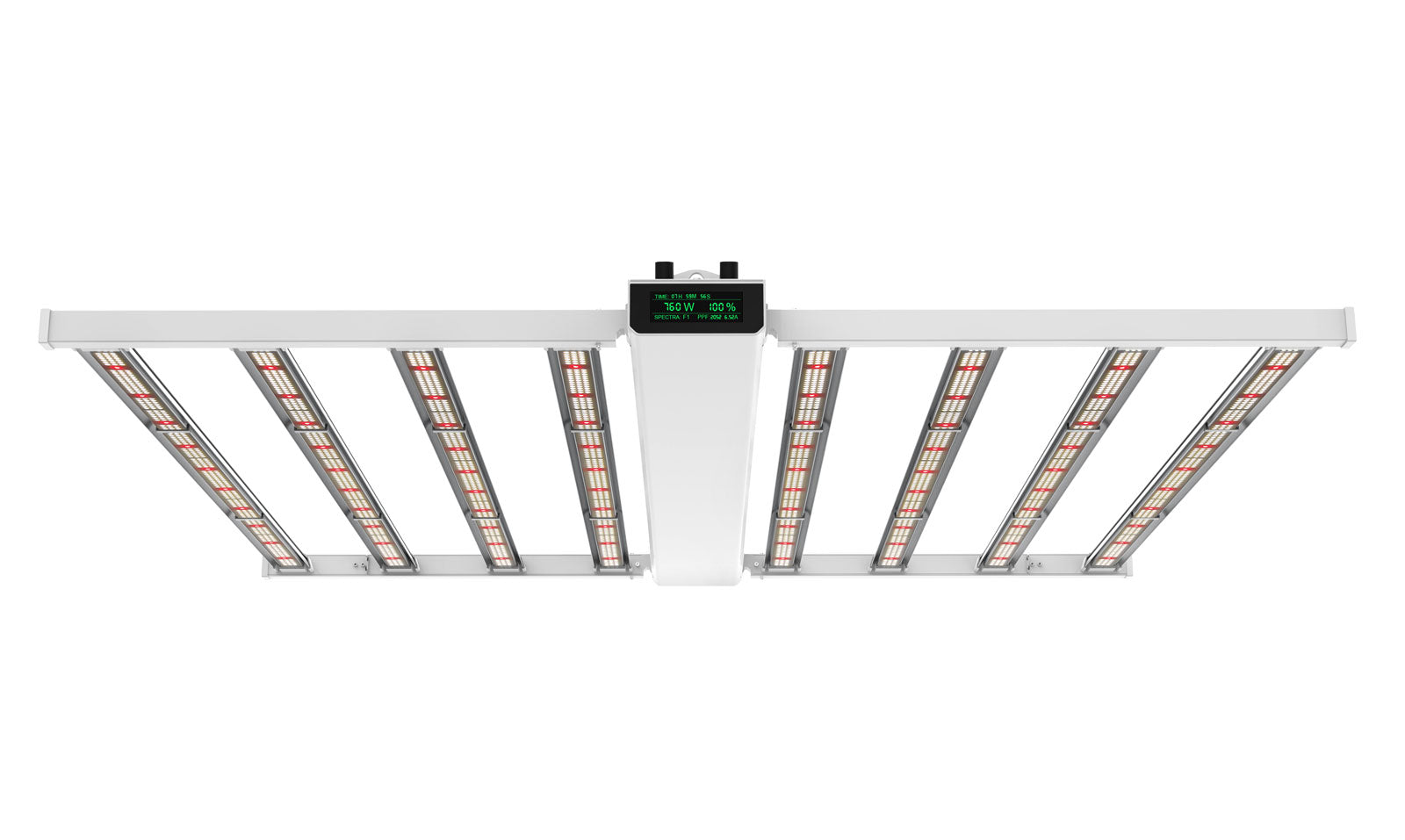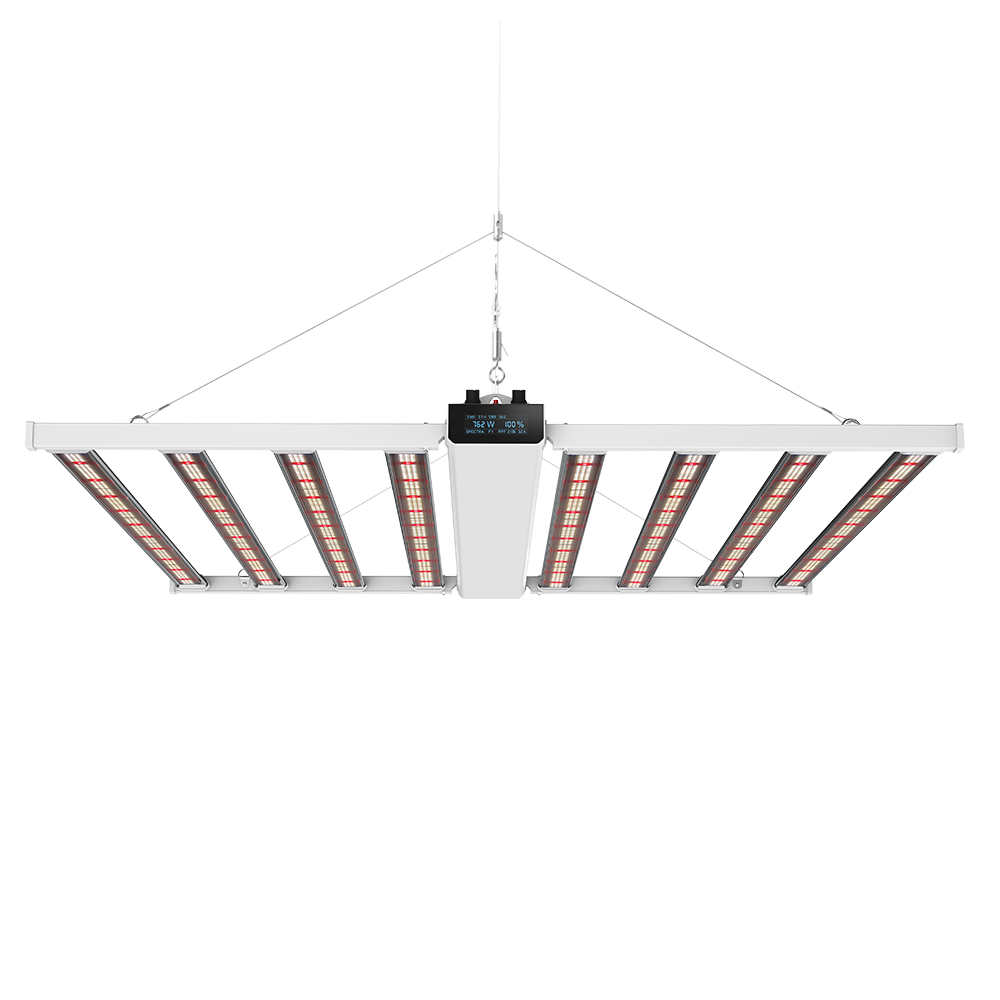
LED Grow Light Case Studies: How Indoor Farms Can Reduce Energy Costs
LED grow lights have gained popularity in indoor farming due to their energy efficiency and ability to produce superior-quality crops. In this article, we will delve into the features of LED grow lights and their importance in indoor farming.
LED grow lights can help reduce energy costs significantly, allowing the farm to remain competitive. Compared to other forms of lighting,these lights require minimal energy consumption while providing high-performance lighting for higher crop yields and quality. Its cost-effectiveness makes it an ideal choice for any indoor farm aiming to maximize profits through efficient power usage.
1. Energy Costs Associated with Indoor Farming:
Indoor farming is an energy-intensive process that requires significant electricity to power the necessary equipment and maintain ideal growing conditions. One of the main money-drainers in this type of cultivation is lighting. Traditional lighting solutions, such as high-pressure sodium (HPS) lamps, consume a lot of electricity and give off large amounts of heat - which can lead to costly cooling bills. Alternatives are thus being sought to reduce energy costs while achieving the desired illumination level.
The Need for Energy-Efficient Lighting Solutions:
Traditional lighting solutions, such as high-pressure sodium (HPS) lamps, consume large amounts of electricity and generate plenty of heat-inflating cooling expenditures. To tackle this challenge, there is increasingly a need for more energy-efficient lighting options.
LED grow lights are an excellent choice; they require significantly less electricity than HPS lamps, resulting in lower energy bills. With their customizable light spectrum, LED grow tent lights also enable farmers to tailor their illumination to the specific needs of their crops. Furthermore, These lights have longer lifespans than traditional lighting solutions, which reduces maintenance costs and replacements.
Additionally, these illumination sources emit less waste heat - creating a more comfortable working environment for farmers and reducing the risk of crop damage due to overheating. Many people are turning to indoor greenhouses with grow lights to reduce energy costs and achieve the desired illumination level. This solution provides the lighting needed for the plants without using large amounts of electricity or emitting excessive amounts of heat - both of which can lead to costly cooling bills.
2. LED Grow Light Technology:
LED grow lights use light-emitting diodes (LEDs) to generate light, providing several advantages over traditional lighting solutions.The lights are highly energy-efficient - consuming significantly less electricity than conventional lighting solutions and generating less heat.
This can drastically reduce energy bills while making it easier to maintain optimal growing conditions. Additionally these have longer lifespans than traditional lighting solutions, resulting in fewer replacements and maintenance costs.
Furthermore, these illumination sources produce less waste heat - creating a more comfortable working environment for farmers and reducing the risk of crop damage due to overheating. LED grow lights' remarkable energy efficiency, extended lifespan, and decreased waste heat make them an ideal choice for indoor farming.
A. Case Study:
XYZ Farm is a prime example of the significant energy savings that can be achieved by switching to LED grow lights. After making this change, the farm reduced its electricity consumption by 40%. This resulted in major cost savings, and the lighting solution produced a more consistent light spectrum - leading to improved plant development and higher yields. These benefits demonstrate why LED grow lights are ideal for indoor farming operations looking to reduce operational costs and improve productivity.
B. Improved Plant Growth and Overall Yields:
LED grow lights offer many advantages to indoor farmers, including energy savings, customizable light spectrums, decreased heat production, and improved plant growth. These features allow farmers to provide their plants with exactly the right light wavelengths while reducing the risk of crop damage due to excessive heat.
Ultimately, these lights create healthier plants and higher overall yields - leading to increased profitability for indoor farming operations.
3. Financial Benefits of Using LED Grow Lights:
LED grow lights offer numerous financial benefits to indoor farming operations. Their energy efficiency and longer lifespan result in lower maintenance and replacement costs, while decreased heat production reduces cooling costs.
Moreover, LED grows lights can lead to improved crop yields - translating into higher revenues and greater profitability for indoor farms. With all these advantages, it's no wonder that LED grow lights have become increasingly popular for indoor farming operations.
A. Cost Savings Analysis:
XYZ Farm experienced a notable financial benefit from switching to LED grow lights. Their energy consumption was reduced by 40%, resulting in lower energy costs and more overall savings for the farm. Additionally, the improved plant growth and increased yields that UV grow lights offered provided further financial incentives for the farm. All in all, it's clear that switching to LED grow lights were both practical and profitable for XYZ Farm.
B. Successful Implementations:
The numerous financial benefits of LED grow many indoor farms have confirmed lights. For example, XYZ Farm experienced a 40% reduction in energy costs, whereas ABC Farm saw a 30% reduction, and DEF Farm experienced increased crop yields.
These successful implementations demonstrate that LED grow lights can make a difference in indoor farming operations. LED grow lights offer cost savings and improved profitability by reducing energy costs and increasing crop yields, making them an attractive solution for any indoor farming endeavor.
4. Summary of Key Points:
LED grow lights can drastically reduce energy costs associated with indoor farming, resulting in substantial financial benefits for farms. Additionally, LED grow lights improve plant growth and yields, improving profitability. The success of LED grow lights at XYZ Farm, ABC Farm, and DEF Farm is evidence that this effective lighting solution can considerably impact any successful indoor farming operation.
A. Importance of Reducing Energy Costs:
LED grow lights offer an excellent solution to indoor farms looking to reduce energy costs and increase profitability. With their improved energy efficiency and increased crop yields, LED grow lights can help create a more sustainable and profitable operation for any indoor farm. LED grow lights reduce energy costs and provide better plant growth conditions, resulting in higher yield rates and financial opportunities.
B. Recommendations:
For the successful implementation of LED grow lights in indoor farms, it is important to do research and purchase from a reputable manufacturer. Additionally, a smaller-scale implementation should be done initially to assess the technology's effectiveness and adjust as needed. Lastly, energy usage and crop growth should be monitored regularly to evaluate the impact of the new lighting solution. LED grow lights can help reduce energy costs, improve sustainability and profitability, and increase yields in any indoor farm environment.
C. LED Grow Light Review:
LED grow lights are a great option for indoor farms looking to reduce energy costs and increase profitability. Proper implementation can improve crop yields, lower operating prices, and create more sustainable operations.
We invite readers to share their experiences with LED grow lights by leaving comments or reviews on our website - your feedback can be of tremendous value to other indoor farmers considering implementing LED grow lights.
Featured Products
Blog Posts
- Choosing a selection results in a full page refresh.
!

